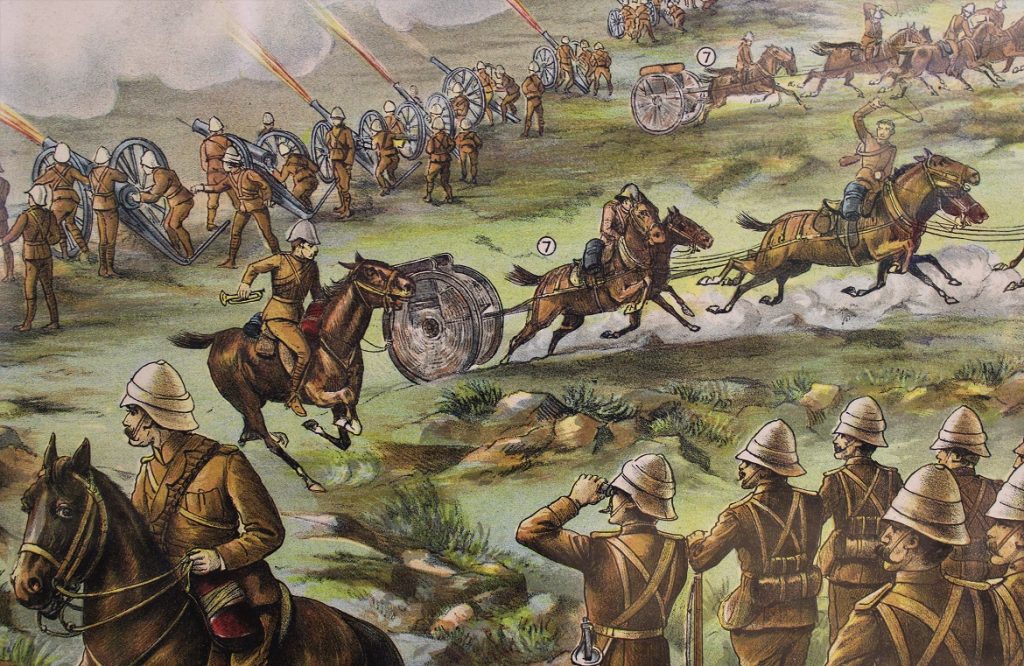Disordered Action of the Heart in the Boer Wars
Doctors in the 19th and early 20th centuries did not always believe that wartime trauma affected the mind. Some believed that their patients had a problem with their central nervous system or their organs. This was particularly true when patients experienced physical symptoms because of their condition.


‘’Disordered Action of the Heart’ (DAH) was regularly diagnosed during the Boer Wars. It is also known as ‘Soldier’s Heart’. Soldiers would experience heart palpitations, shortness of breath and dizziness. Doctors believed the constricting chest straps of the soldiers’ uniform caused the condition. This prompted the Army to redesign the kit. Yet, when Doctors examined soldiers with DAH no physical damage to the heart or chest was seen. Psychologists today understand DAH is a ‘war syndrome’. This is a psychological disorder which produces physical symptoms.

